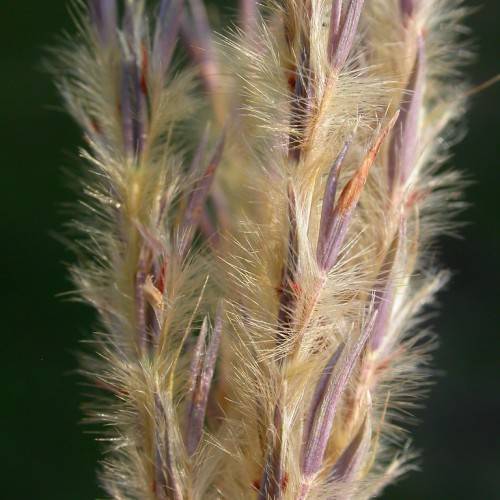
Sand Bluestem
Andropogon hallii
Watering:
Minimal
Hardiness Zone:
Sun:
full sun,part shade
Leaf:
Yes
Growth Rate:
Low
Drought Tolerant:
Yes
Salt Tolerant:
Yes
Care Level:
Medium
watering
Water the Glaucous-Leaved Bog Rosemary (Andromeda polifolia var. latifolia) regularly, providing adequate moisture to the plant. During the growing season, water thoroughly once every week or so, but ensure that the soil is not saturated. During dry periods, water twice a week. In the winter, decrease frequency of watering modestly, depending on the weather conditions. Always assess the moisture of the soil before watering to avoid potential issues.
sunlight
For a Glaucous-Leaved Bog Rosemary plant to reach its full potential, it should receive 4 to 6 hours of direct, full sun daily. The best time to receive this sunlight is during the peak sun hours of the day between 10am and 4pm. If your Bog Rosemary is planted in a partially shaded area, it can still get enough sun if the periods of direct sunlight add up to 4 to 6 hours. Any less sunlight than this can limit the plants blooming and growth potential.
pruning
Pruning for Glaucous-Leaved Bog Rosemary (Andromeda polifolia var. latifolia) should be done annually in late winter or early spring before new growth begins. Pruning should consist of removing any dead or damaged branches, as well as any branches that are growing too close together. This species tends to form thickets and should be pruned back to maintain an open, park-like structure. Prune no more than 1-third of the total canopy at 1 time, and no more than 1-third of any individual branch at 1 time. This species benefits from light pruning, so aim to cut back to the leaf buds and not too far beyond.
